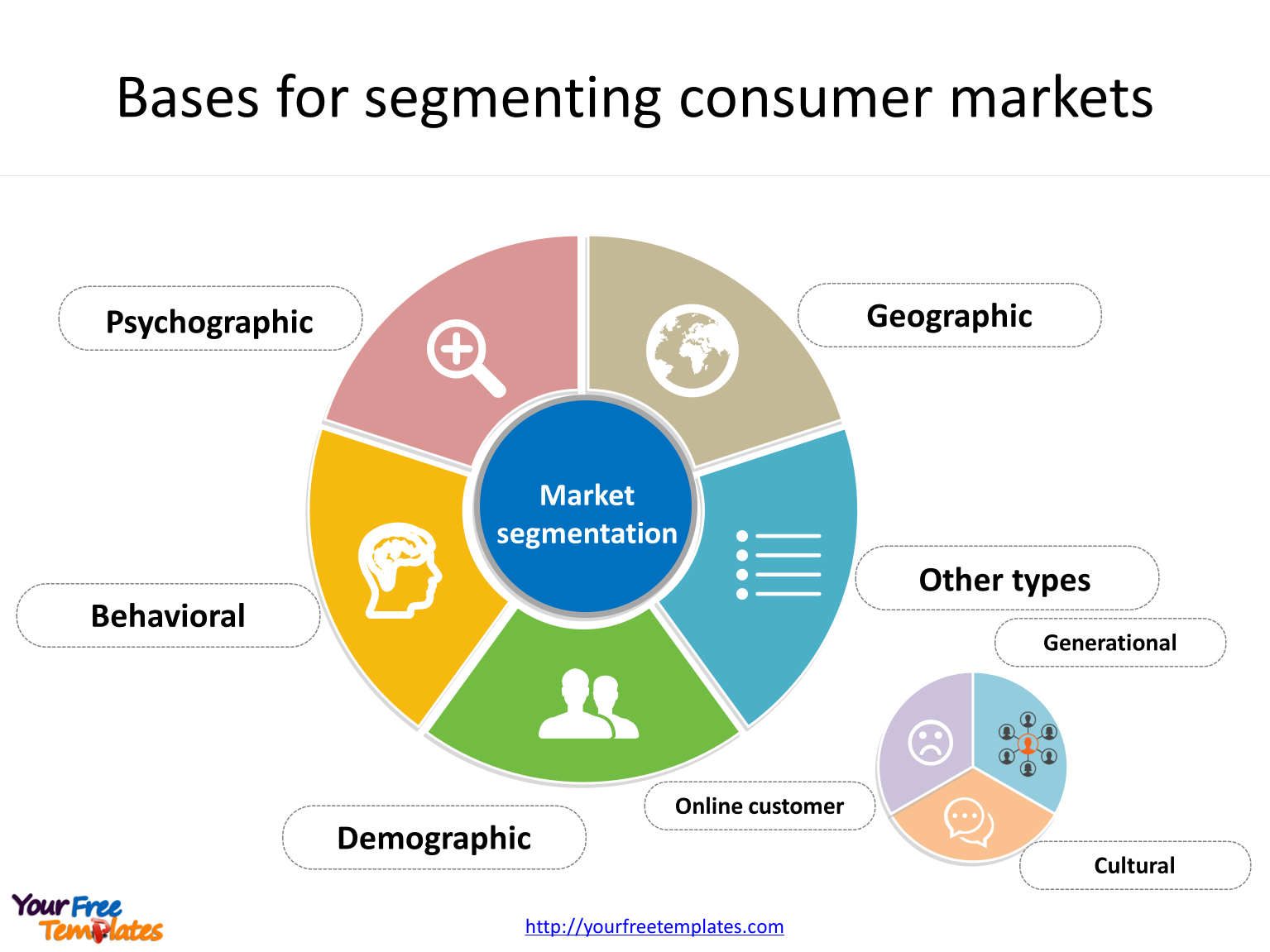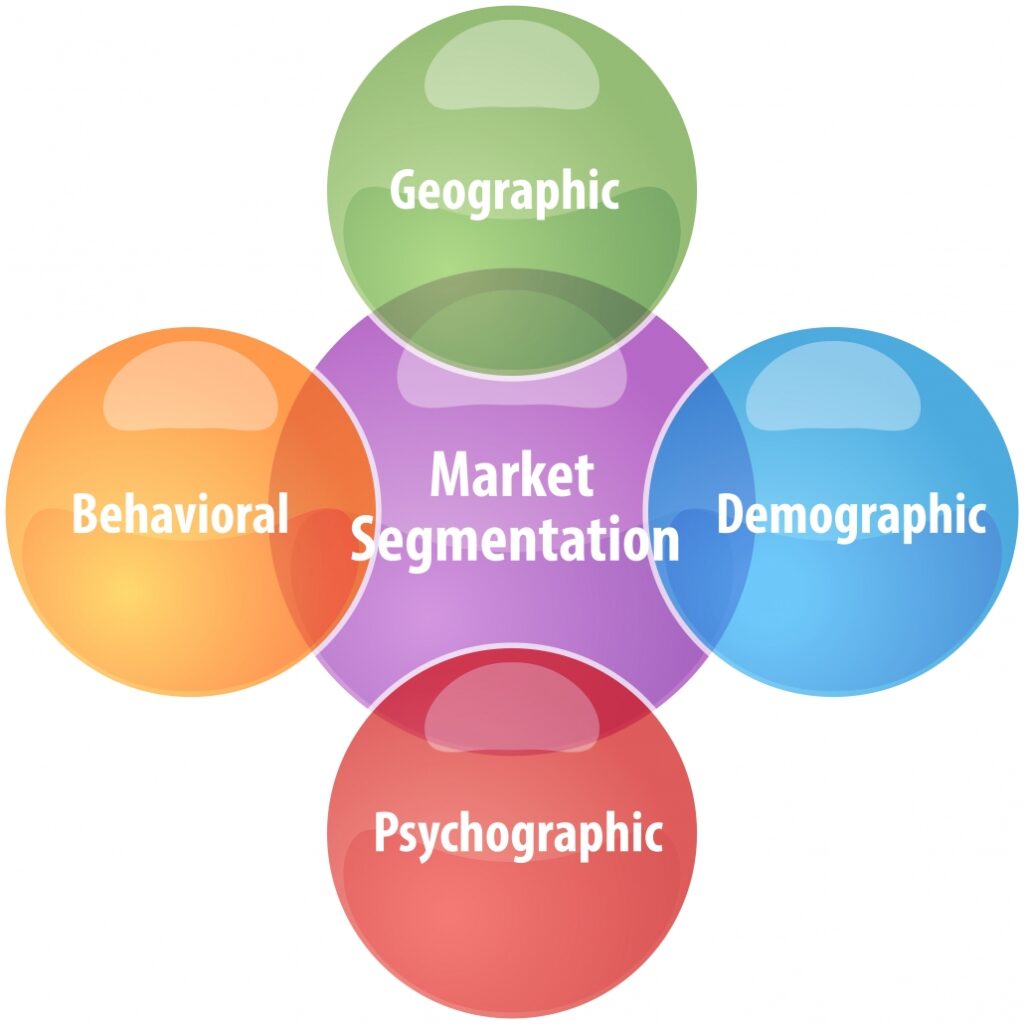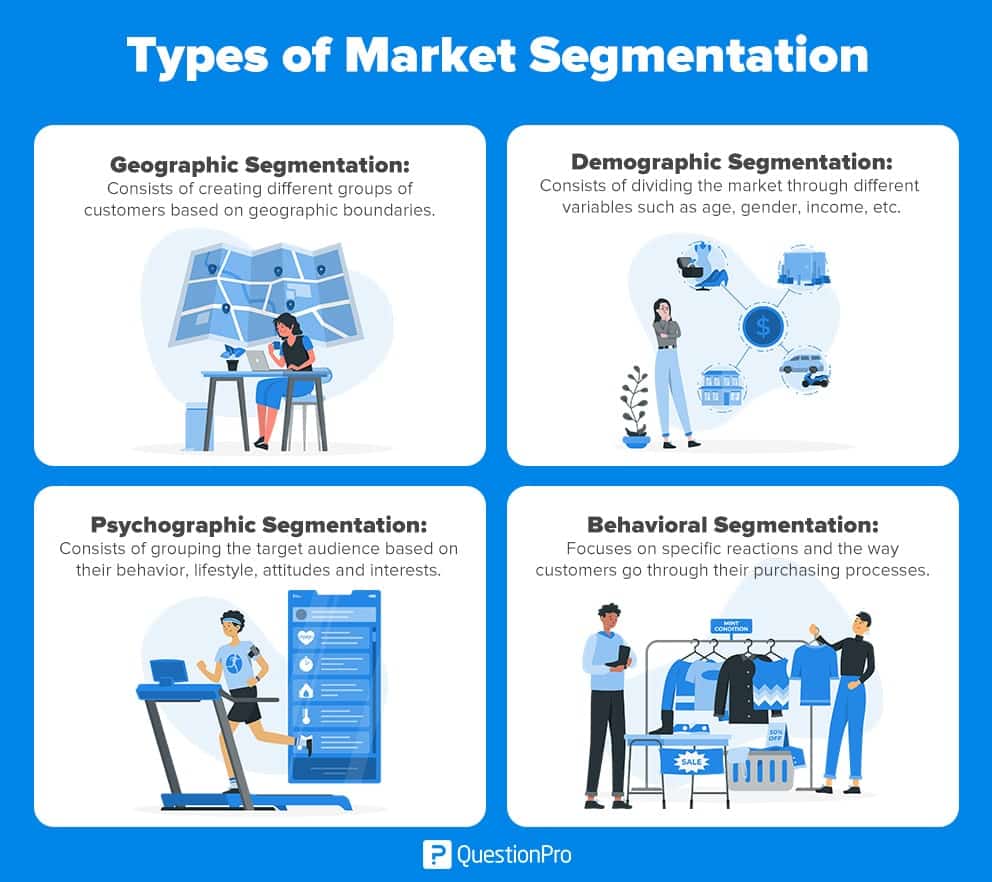Market segmentation is a fundamental and increasingly vital practice for businesses of all sizes. It’s not simply about dividing a broad market into smaller groups; it’s a strategic process of identifying distinct customer segments based on shared characteristics, behaviors, and needs. Understanding why and how to segment your market is crucial for effective marketing, product development, and overall business growth. In today’s competitive landscape, ignoring this process can lead to wasted resources and missed opportunities. Market segmentation allows companies to tailor their offerings and strategies to the specific needs of each group, maximizing their potential for success. It’s about moving beyond a “one-size-fits-all” approach and creating personalized experiences. This article will delve into the core principles of market segmentation, exploring various methods, benefits, and practical considerations.
![]()
What is Market Segmentation? A Deep Dive

At its core, market segmentation is the process of dividing a broad consumer or business market into sub-groups of consumers based on shared characteristics. These characteristics can be numerous and varied, ranging from demographics like age, income, and education to psychographics – encompassing lifestyle, values, attitudes, and personality. Furthermore, behavioral factors like purchase history, product usage, and brand loyalty also play a significant role. The goal isn’t just to categorize; it’s to understand why these groups behave the way they do and to develop targeted strategies for each segment. Without effective segmentation, marketing efforts can be diffuse and ineffective, resulting in a lack of relevance and engagement. It’s about moving beyond broad generalizations and creating meaningful insights.

Different Approaches to Market Segmentation
Several methods exist for identifying and grouping market segments. Each approach offers a unique perspective and is suitable for different business contexts. Demographic segmentation is perhaps the most common starting point, relying on statistical data about population characteristics. For example, you might segment a market by age group (e.g., 18-24, 25-34, 35-44) or income level (e.g., high-income, middle-income, low-income). Psychographic segmentation goes deeper, examining lifestyle, values, and attitudes. A segment interested in organic food and sustainable practices, for instance, will likely differ significantly from those who prioritize convenience and fast food. Geographic segmentation focuses on location – targeting customers based on region, climate, or urban/rural characteristics. Behavioral segmentation analyzes how customers interact with a product or service – their purchase frequency, loyalty, and usage patterns. Firmographic segmentation (for B2B) focuses on the characteristics of the company – industry, size, and revenue. Choosing the right approach depends entirely on the specific business goals and available data.
![]()
The Power of Combining Segmentation Methods
Often, the most effective market segmentation strategies involve combining multiple approaches. For example, a company might use demographic segmentation to identify a broad target audience, followed by psychographic segmentation to refine the group and then geographic segmentation to tailor marketing efforts to specific regions. This synergistic approach allows for a more nuanced and targeted understanding of the market. Furthermore, incorporating behavioral segmentation can reveal valuable insights into how customers respond to different marketing messages and offers. Data analytics tools are increasingly used to analyze these complex patterns and identify hidden segments.

Examples of Market Segmentation in Action
Let’s consider a hypothetical company selling fitness equipment. Here’s how they might apply different segmentation strategies:

- Demographic: They might segment by age (25-44, 45-54, 55+), income (middle-income, affluent), and location (urban, suburban, rural).
- Psychographic: They could segment based on lifestyle – “active lifestyle,” “health-conscious,” “busy professionals.”
- Behavioral: They could segment by purchase history – “new customers,” “repeat customers,” “high-value customers.”
- Firmographic: They could segment by the type of fitness equipment they sell (e.g., cardio machines, strength training equipment, yoga equipment).
Each of these segments would then inform different marketing campaigns, product development, and sales strategies.

Benefits of Effective Market Segmentation
Implementing a robust market segmentation strategy yields numerous benefits for businesses. Firstly, it leads to improved targeting – ensuring that marketing efforts are focused on the most receptive audience. Secondly, it increases marketing ROI by delivering more relevant and personalized messages. Thirdly, it enhances product development by identifying unmet needs and opportunities for innovation. Fourthly, it improves customer retention by providing tailored experiences and building stronger relationships. Finally, it allows for better resource allocation – focusing marketing budgets on the most profitable segments. A well-executed segmentation plan isn’t just a nice-to-have; it’s a critical component of sustainable business growth.

Challenges and Considerations in Market Segmentation
Despite its benefits, implementing effective market segmentation isn’t without its challenges. One significant hurdle is data availability and quality. Accurate and comprehensive data is essential for identifying and profiling segments. Data silos – where data is fragmented across different departments – can hinder the ability to create a holistic view of the market. Privacy concerns are also increasingly important, requiring businesses to comply with data protection regulations like GDPR and CCPA. Segment homogeneity – the assumption that all members of a segment are the same – can be misleading. It’s crucial to recognize that segments can vary significantly within a broader group. Finally, market dynamics change over time, requiring ongoing monitoring and adjustments to segmentation strategies.

Advanced Segmentation Techniques
Beyond the basic approaches, several more advanced techniques can enhance segmentation effectiveness. Cluster analysis uses algorithms to group customers based on similarities in their data. Persona development – creating detailed profiles of representative customers – is a powerful tool for understanding and targeting specific segments. Value mapping – identifying the key drivers of customer value – helps to prioritize marketing efforts. Predictive analytics – using data to forecast future customer behavior – allows for proactive segmentation and targeted interventions. These techniques, when combined with traditional segmentation methods, provide a more sophisticated and dynamic understanding of the market.

The Role of Technology in Market Segmentation
Technology has revolutionized market segmentation, providing powerful tools for data collection, analysis, and visualization. CRM (Customer Relationship Management) systems are increasingly used to track customer interactions and segment based on purchase history and engagement. Marketing automation platforms enable personalized email campaigns and targeted advertising. Data analytics tools (like Tableau and Power BI) allow businesses to visualize and explore complex data sets, identifying hidden segments and patterns. Social media analytics provides insights into customer sentiment and preferences. The integration of these technologies is essential for creating truly effective and data-driven segmentation strategies.
Conclusion: Building a Foundation for Success
Market segmentation is a dynamic and ongoing process, not a one-time undertaking. It’s a strategic imperative for businesses seeking to thrive in today’s competitive environment. By understanding the diverse characteristics of their target audiences, companies can tailor their products, services, and marketing efforts to maximize their effectiveness. The key to success lies in a combination of data-driven insights, strategic thinking, and a commitment to continuous improvement. Investing in robust segmentation strategies is an investment in the future of the business. Ultimately, effective market segmentation empowers companies to build stronger customer relationships, drive revenue growth, and achieve sustainable competitive advantage. Remember, a well-defined market segmentation plan is the cornerstone of a successful marketing strategy.